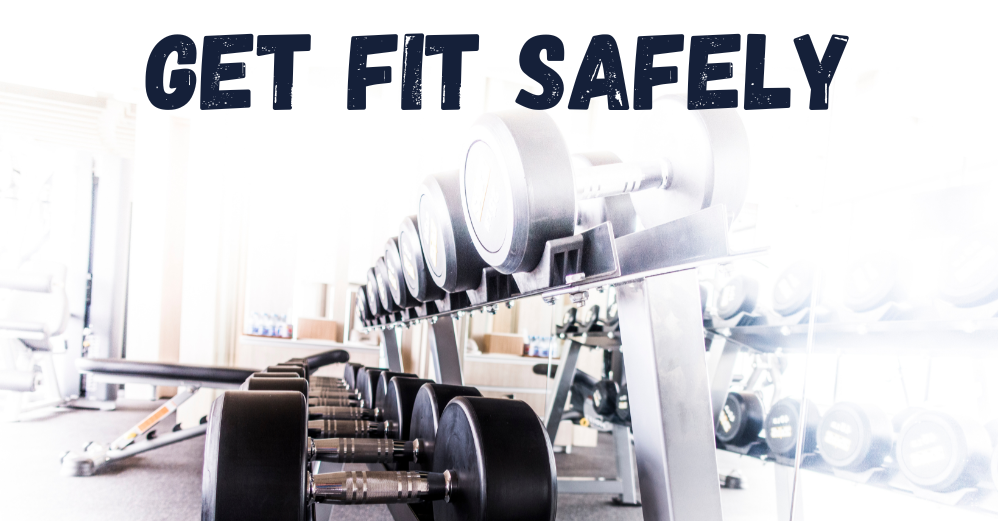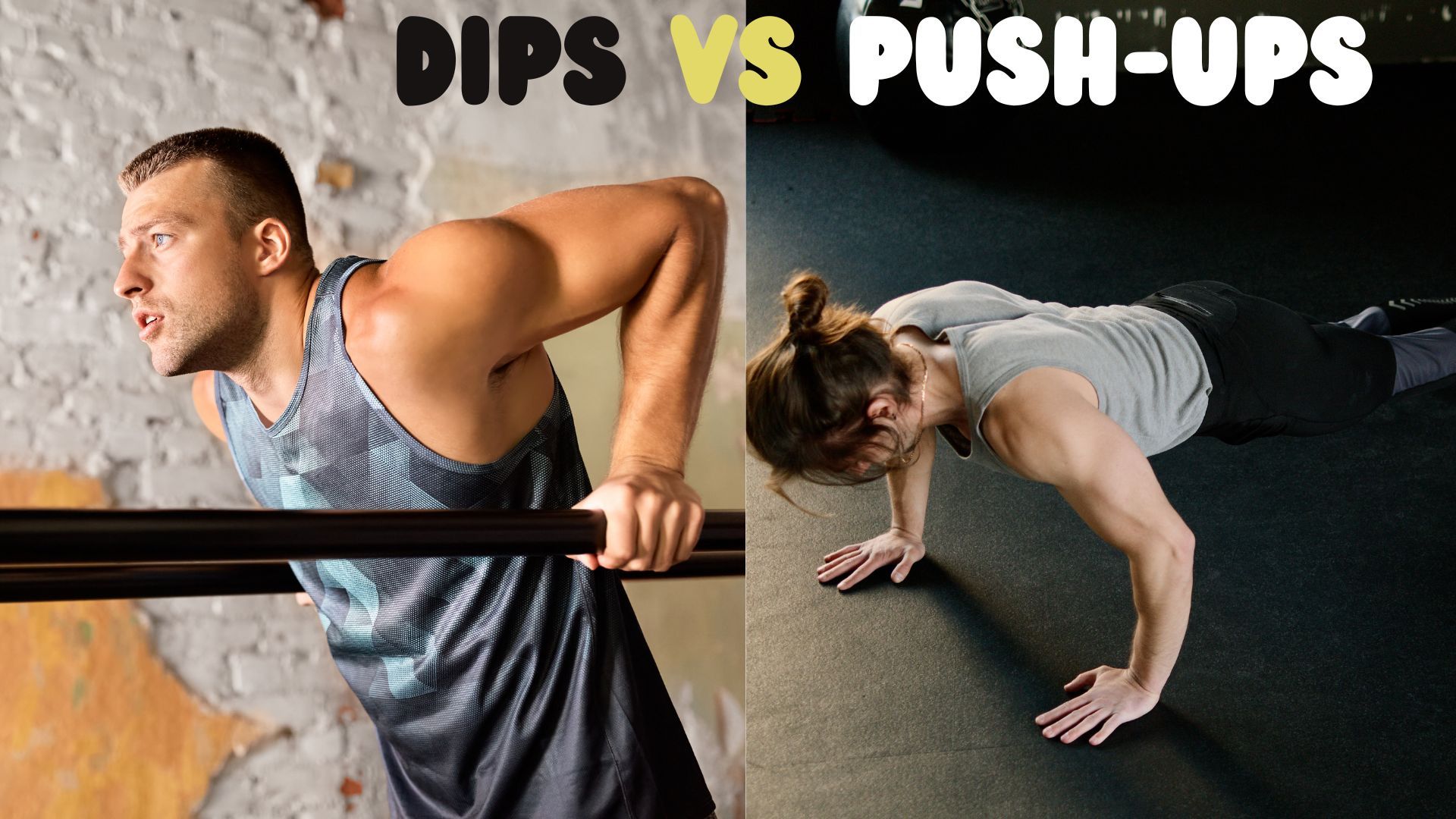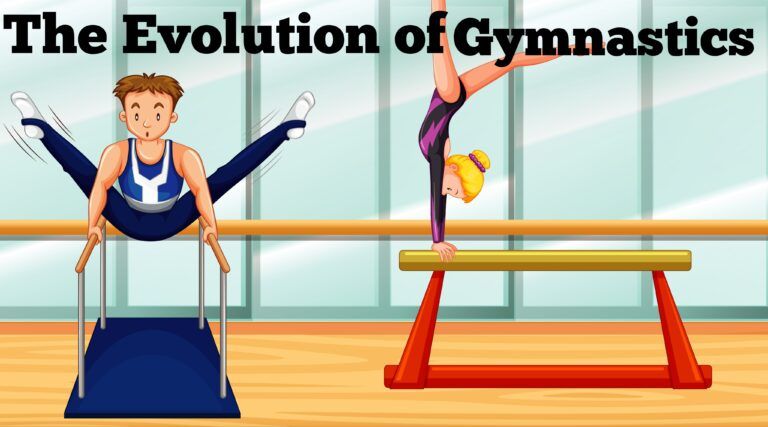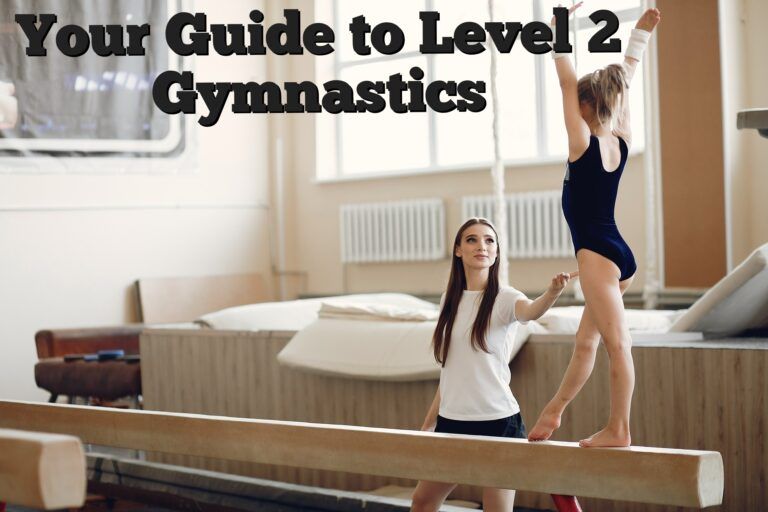In the vast landscape of training, every exercise has its own purpose and specific role.
Nevertheless, certain exercises stand out for their effectiveness in training.
Today, we will focus our attention on two of these primary exercises: Dips and Push-ups.
Imagine yourself in direct comparison, with Dips and Push-ups as the main contenders.
On one hand, Dips, powerful and decisive, require unconditional strength and remarkable determination.
On the other hand, Push-ups, accessible yet equally challenging, are an exercise as versatile as they are beloved.
Both exercises have their strengths, but which one offers greater effectiveness?
Which exercise will bring you closer to your fitness goals?
Why should you prefer one over the other?
In this article, we will analyze all the details of this comparison, examining the characteristics of each exercise and highlighting their strengths and weaknesses.
Introduction to Dips: Benefits and Considerations
Dips are a demanding exercise that requires strength, coordination, and determination.
When you perform a Dip, you put your strength to the test in an intense and focused manner.
You lift your body weight, supporting it on your extended arms, and then lower yourself until your arms are bent at a 90-degree angle.
The real challenge lies in raising yourself back up, engaging the muscles of the chest, shoulders, and triceps.
Although Dips may initially seem discouraging, their effectiveness is undeniable.
This exercise works on multiple muscle groups simultaneously, increasing your upper body strength and improving core stability.
It is an exercise that offers many benefits but also demands great commitment.
For some individuals, Dips may pose a challenge to be approached with caution, as their intensive execution can stress the shoulders.
That is why it is crucial to perform this exercise correctly, paying particular attention to posture and body alignment.
However, you should not be intimidated by its apparent difficulty.
When performed correctly and with gradual intensity progression, Dips can lead to significant improvements in strength, endurance, and muscle tone.
At this point, the spontaneous question that arises is: can such a demanding and beneficial exercise be surpassed by Push-ups?
Before answering this question, let’s take a closer look at Push-ups.
How to Perform Dips Correctly

- Position yourself between the two parallel bars of a dipping apparatus, firmly gripping the handles with both hands.
- Push down on the handles and lift your body until your arms are fully extended. Your body should be kept upright, and your legs should be kept straight or slightly bent, with crossed feet to maintain balance.
- Slowly lower your body by bending your elbows until your arms form a 90-degree angle. During this phase, maintain control of the movement—don’t simply drop down.
- Once you reach the 90-degree angle, push back up to return to the starting position with your arms fully extended. Make sure to push through your chest and triceps rather than relying on momentum.
Common Mistakes in Dips
- Shoulder Dropping: This occurs when the shoulders come close to the ears during the descent of the body. This can put a lot of pressure on the shoulder joints, potentially leading to pain or injury. Always keep your shoulders away from your ears when performing dips.
- Too Fast Movement: Performing dips too quickly can lead to inadequate control of the movement and increase the risk of injury. Additionally, fast movement may limit muscle activation, reducing the effectiveness of the exercise. Perform dips in a controlled and deliberate manner.
- Over-Bending the Arms: If the arms are bent beyond the 90-degree angle during the descent, it can increase pressure on the shoulders and elbows. Try to maintain a 90-degree angle in the arms during the lower phase of the dip.
- Failure to Fully Extend the Arms: Failing to fully extend the arms in the upper phase of the dip means you’re cutting the movement short and not getting the most out of your exercise. Make sure to fully extend your arms in the upper phase of the movement.
- Using Momentum: Using momentum to lift the body instead of relying on the strength of the chest and triceps reduces the effectiveness of the exercise and increases the risk of injury. Avoid swinging the body or using a bouncing motion to push upward.
2. An Overview of Push-Ups
Push-ups are a classic and universally recognized exercise.
Simple in their concept yet highly effective, push-ups test strength, endurance, and stability.
When performing a push-up, you lift and lower your body primarily using the strength of your chest, shoulders, and triceps, also engaging the core muscles.
Push-ups are loved for their versatility and accessibility.
They require no special equipment, can be done virtually anywhere, and offer numerous variations to cater to different fitness levels.
This is an exercise that grows with you, adapting to your abilities and constantly challenging you to improve.
But don’t be fooled by its apparent simplicity. Push-ups can be as demanding as dips.
Maintaining proper form, and avoiding sagging of the back or excessive elbow bending, requires attention and body awareness.
As with dips, the key is proper execution and gradual progression.
When performed correctly, push-ups can bring significant benefits in terms of upper body strength, core stability, and muscle endurance.
But can they compete with dips in terms of effectiveness? We will find out in the next comparison.
How to Perform Push-Ups Correctly
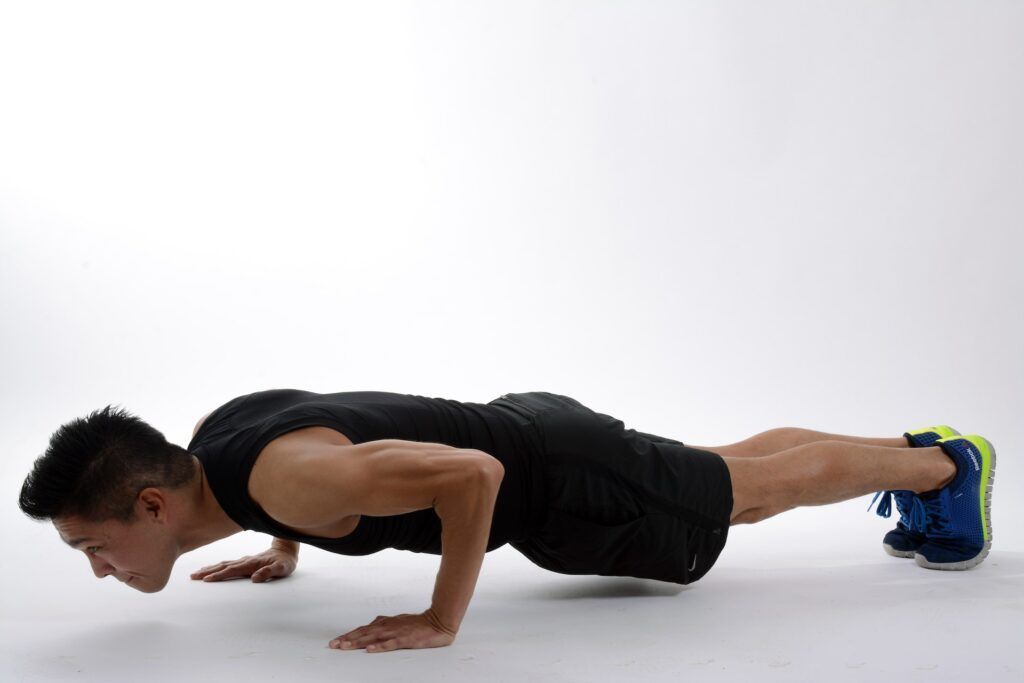
- Starting position: Begin by placing yourself on the ground face down, with hands slightly wider than shoulder-width apart and palms planted on the floor. Feet can be together or slightly apart, depending on what makes you more stable.
- Body alignment: Your body should form a straight line from head to heels. This means engaging your abs to prevent sagging of the hips or arching of the back.
- Lowering: Bend your elbows and lower your body until your chest is a few inches from the floor. Make sure to keep your elbows close to your body to maximize muscle activation and protect the shoulders.
- Returning to starting position: Push back up to the starting position by fully extending your arms, but without locking your elbows. During this phase, it’s important to maintain body alignment and avoid letting the hips sag or the back curve
Common Mistakes That Can Compromise the Effectiveness of Push-Ups
When performing push-ups, several mistakes can compromise the effectiveness of the exercise and increase the risk of injuries.
Here are some of the most common ones:
- Wide elbows: Often, people perform push-ups with elbows excessively flared out from the body. This can put excessive stress on the shoulders and limit the activation of the chest muscles. Keep your elbows close to the body to effectively engage the chest and protect the shoulders.
- Sagging body: A common mistake is allowing the back to sag or the hips to drop toward the floor. This can put stress on the lower back and limit activation of the core. Keep the body in a straight line like a plank throughout the exercise.
- Insufficient depth: To get the most out of your push-ups, you should lower yourself until the chest is just a few inches from the floor. Many make the mistake of not lowering themselves enough, thereby limiting muscle activation.
- Incomplete arm extension: Some may fail to fully extend their arms in the upper phase of the push-up. This limits the range of motion and reduces the effectiveness of the exercise. Ensure full arm extension, but avoid locking the elbows.
- Misalignment of neck and head: The position of the head and neck is important during push-ups. Many tend to push their head forward or look down at their feet, which can cause tension in the neck. Keep the neck in a neutral position by looking at a point on the floor about a meter in front of you.
Benefits of Dips
- Triceps and lower chest strengthening: Dips place significant emphasis on the triceps and lower chest, providing an intense workout for these muscle groups. If you’re looking to increase strength and definition in these areas, dips can be an effective addition to your training.
- Functional strength improvement: Since dips involve lifting your body weight, they contribute to improving your functional strength, which is useful in many daily activities and sports.
- Progression possibilities: Dips allow for clear progression. As you become stronger, you can increase the difficulty by adding weight with a dip belt or by varying the speed and range of motion.
Drawbacks of Dips
- Difficulty and strength requirements: Dips are an advanced exercise and require a certain amount of upper body strength to be performed correctly. For beginners or those with lower strength levels, dips may be a long-term goal rather than a starting exercise.
- Potential shoulder stress: Dips can put significant stress on the shoulders, especially if the technique is incorrect. For those with pre-existing shoulder issues, it may be advisable to avoid dips or proceed with caution under the guidance of a fitness professional.
Benefits of Push-Ups
- Balanced upper body workout: Push-ups provide a balanced workout for the upper body, engaging the chest, triceps, shoulders, and core.
- Adaptability: Push-ups are highly adaptable. Numerous variations can increase or decrease the difficulty, making push-ups suitable for a wide range of fitness levels.
- Convenience: Push-ups can be performed virtually anywhere and do not require special equipment, making them very convenient.
Drawbacks of Push-Ups
- Less demanding for maximal strength: For those seeking to develop maximal strength, push-ups may not be on par with dips. Due to lifting a smaller percentage of body weight, push-ups may not offer the same level of intense resistance challenge that dips can provide.
- Less clear progression: While with dips, it is straightforward to see a progression line (increasing weight or varying technique), with push-ups, this may be less evident. Yes, some variations increase difficulty, but progression may not be as linear or clear-cut as with dips.
Similarities between the two exercises
In addition to being bodyweight exercises that use your body weight as resistance and primarily engage the chest, shoulders, and triceps, dips and push-ups have other notable similarities:
- Upper body strength development: Both of these exercises are excellent tools for increasing upper body strength. This includes not only the chest, shoulders, and triceps but also the back and core muscles.
- Functional training: Dips and push-ups both represent examples of functional training. They train the body to perform functional movements used in everyday life, such as pushing, pulling, lifting, and supporting one’s body weight.
- Careful attention to form and technique is required: The correct execution of dips and push-ups is crucial. They demand meticulous attention to form and technique to avoid injuries and gain maximum benefits.
5 Differences between Dips and Push-Ups
Despite the similarities between Dip and Push-Ups, these two forms of exercise also show substantial differences when examined more closely.
Each exercise has its specificities, its unique character that makes it particularly suitable for certain purposes and, at the same time, less suitable for others.
These distinctive traits are visible in various aspects, including the muscle groups involved, the required technique, and the level of difficulty of each exercise.
1. Muscle Focus
The dips primarily target the muscles in your chest (pectoralis major), the front part of your shoulders (anterior deltoids), and your triceps.
However, they also require the use of the posterior deltoids (the back part of your shoulders) and scapular muscles (such as the rhomboids and the trapezius) for stabilization and control of the movement.
On the other hand, Push-Ups work more evenly across the entire chest and actively engage the core muscles.
During Push-Ups, the major and minor pectoral muscles, anterior deltoids (the front part of the shoulders), and triceps are worked in a balanced manner.
Furthermore, the need to maintain a rigid and straight body position during Push-Ups requires significant involvement of the abdominal and lower back muscles.
2. Technique and Difficulty
From a technical and difficult perspective, Dips are generally considered to be a more advanced exercise.
They require significant upper body strength and good shoulder mobility to be performed correctly.
At the same time, due to the angle and intense load on the triceps and shoulders, Dip can be more stressful on the shoulder joints compared to Push-Ups.
Push-Ups, while still challenging, are generally more accessible for beginners.
The ability to modify the difficulty of the exercise (such as performing Knee Push-Ups or using an elevated surface) makes Push-Ups a versatile exercise suitable for all fitness levels.
Additionally, performing Push-Ups correctly helps develop good form, body awareness, and core strength.
3. Functional Impact and Practicality
Another aspect to consider is the functional impact of each exercise and its practicality in daily training.
Dips, being a vertical pushing exercise, simulate movements that you may encounter in everyday life or sports, such as lifting your body weight (e.g., climbing a wall or bar).
However, Dips require specific equipment (such as parallel bars or a stable chair) and adequate space to be safely performed, which may limit their practicality in certain contexts.
Push-Ups, on the other hand, are horizontal pushing exercises, which can help improve the ability to push objects at ground level.
Additionally, Push-Ups can be performed practically anywhere and do not require special equipment, making them a very practical and versatile exercise.
4. Percentage of Body Weight Lifted
When performing a Dip, your feet do not touch the ground, and all the weight of your body is supported and lifted by your triceps, chest, shoulders, and core muscles.
This may vary slightly depending on the technique used, but generally, you are lifting a very high percentage of your body weight, which can reach up to 100%.
In contrast, during Push-Ups, the percentage of your body weight that you lift is lower.
When performing a Push-Up, part of your weight is supported by the tips of your toes.
Additionally, the amount of weight you lift varies based on the angle of your body: the higher your feet are raised compared to the rest of your body, the higher the percentage of weight you are lifting.
According to various studies, during a standard Push-Up, you lift approximately 60-70% of your body weight.
Push-Ups Vs Dips: Which One is Better?
Push-Ups Vs Dips: Which One is Better?
Throughout this comparison, we have thoroughly examined these two exercises, observing every aspect.
We have recognized how both are powerful allies in strengthening the upper body, offering distinct benefits and presenting unique challenges.
We have delved into their similarities and differences, weighing the pros and cons.
And now, we have come to the moment of truth.
Which exercise is better?
The answer is not universal and depends on the individual.
Both exercises have undeniable merits and can be chosen based on your personal training needs.
If you are a beginner or looking for an exercise that offers a variety of modifications and engages a wide range of muscles, Push-Ups may be the more suitable option.
If, on the other hand, you are an experienced athlete seeking a more intense challenge or if your focus is specifically on chest and triceps development, Dips represent the optimal choice.
However, it is important to note that Dips, if performed incorrectly or with excessive load, can lead to shoulder pain or injuries.
Therefore, paying attention to technique during the execution of this exercise is crucial.
In any case, both Push-Ups and Dips legitimately find their place in training as they contribute to strength development, improve muscular endurance, and promote increased trunk stability.
|
SUMMARY If you’re in search of a versatile and accessible exercise that can be adapted to various fitness levels, push-ups could be your ideal choice. Not only do they work a wide range of muscles, but they also improve core stability and offer an endurance challenge. On the other hand, if you’re seeking an intense strength challenge and want to put your triceps and lower chest to the test, dips might be the right exercise for you. |
Dips Variations
Dips on the bench: This is a great variation for beginners or those working to develop enough strength to perform standard Dips. To do bench dips, begin by sitting on the edge of a bench and placing your hands on the bench to each side of your hips. Push your body forward, off the bench, and lower your body by bending your elbows. Lift yourself back up and repeat.
Weighted Dips: For individuals finding standard Dips too simple and seeking an added challenge, weighted Dips serve as an excellent option. The intensity can be amplified by using a weight belt or clasping a dumbbell between your legs.
Ring Dips: Ring Dips on Olympic rings offer a higher level of challenge compared to standard Dips. The rings increase instability during the exercise, further engaging stabilizer muscles and the core.
Parallel Bar Dips with Raised Legs: For additional core training during your Dips, try performing them with straight legs raised in front of you. This variation will not only work your chest, shoulders, and triceps but also your abs.
Push-Ups Variations

Knee Push-Ups: Ideal for beginners or those looking to improve their upper body strength, these push-ups involve carrying out the typical move but with your knees touching the ground.
Diamond Push-Ups: By positioning your hands together under your chest, forming a diamond or triangle shape with your thumbs and index fingers, you put the primary focus on your triceps.
Shoulder Tap Push-Ups: These engage the core more intensely. Complete a standard push-up and at the top, tap the opposite shoulder with one hand, alternating shoulders with each repetition.
Incline Push-Ups: Executing push-ups with your hands on a raised surface such as a step or a bench makes the exercise slightly easier by reducing the weight you have to lift.
Decline Push-Ups: Conversely, doing push-ups with your feet elevated increases the weight you have to lift, providing an added challenge.
Wide Grip Push-Ups: Positioning your hands wider than shoulder-width apart for these push-ups places a greater emphasis on the chest muscles.
One-Arm Push-Ups:An advanced move that significantly increases the challenge, these push-ups are performed with one hand on the floor and the other at your side.
Can Push-ups and Dips be Done on the Same Day?
Yes, push-ups and dips can be performed on the same day.
Both exercises primarily target the upper body and can be combined in a single workout.
Here’s an example of how you could structure the workout:
WARM-UP
Start with a brief warm-up of 5-10 minutes to prepare the body for exercise. This could include jogging in place, jumping jacks, or mobility exercises.
PUSH-UPS
Perform 3-4 sets of push-ups, depending on your fitness level. You could start with 10-15 repetitions per set if you’re a beginner or 20-25 repetitions per set if you’re more advanced.
DIPS
After completing your sets of push-ups, move on to dips. Again, aim for 3-4 sets. The number of repetitions per set will depend on your fitness level. Beginners may aim for 5-10 repetitions per set, while more advanced individuals may aim for 15-20.
CIRCUIT TRAINING
If you prefer, you can alternate between push-ups and dips in a circuit-style workout. For example, you could do 10 push-ups, followed immediately by 5 dips, rest for a minute, and then repeat.
RELATED;>>> How Deep Should I Go When Performing Dips for Muscle Gain?
Conclusion
Both push-ups and dips are effective and versatile exercises that can help develop strength and endurance in the upper body.
Both can be incorporated into a comprehensive training regimen, regardless of your fitness level.
Push-ups are a great starting exercise for beginners, as they offer a wide range of modifications to accommodate various fitness levels.
At the same time, they are challenging enough for more advanced athletes, especially when exploring their many variations.
Dips, on the other hand, are slightly more demanding and may require a certain baseline of strength to be performed correctly.
However, they offer significant benefits, particularly for the chest and triceps muscles.
Even with dips, different variations can help adjust the exercise intensity.
Don’t give up if the results aren’t immediate.
Tenacity and dedication are your best allies.
Keep challenging yourself, exercising, and growing.
FAQs
Can one exercise replace the other?
While push-ups and dips both work the upper body, they target slightly different muscle groups. Therefore, one cannot completely replace the other. If unable to do one, the other can offer an alternative, but for a balanced workout, it is ideal to include both.
What equipment do I need for dips?
To perform dips, you need a dip station or stable parallel bars. Alternatively, you can do dips on two sturdy chairs if you are starting.
Which muscles are primarily worked during push-ups and dips?
During push-ups and dips, the primary muscles worked are the chest (pectoral muscles), triceps, and anterior deltoids (front shoulder muscles). Core muscles, such as the abdomen and lower back, are also engaged for stability.
Are there any advanced variations of dips?
Some advanced variations of dips include weighted dips and one-arm dips.
How can I track my progress with push-ups and dips?
You can track your progress with push-ups and dips by monitoring the number of repetitions you can do, how easily you can complete them, and any improvements in form or technique.
How can I modify push-ups and dips if I have knee or shoulder issues?
If you have knee issues, you may find elevated push-ups, such as on a bench or against a wall, more comfortable. If you have shoulder issues, you may want to avoid dips or perform modified versions of push-ups (such as knee push-ups) that put less pressure on the shoulders.
Are there complementary exercises I should do alongside push-ups and dips for a balanced workout?
For a balanced workout, you should include exercises that work for all major muscle groups. This can include squats or lunges for the legs, pull-ups for the back and biceps, and core exercises like planks.
How can I improve my endurance to do more push-ups and dips?
You can improve your endurance by doing circuit training with push-ups and dips, alternating between the two exercises with minimal rest periods. Consistent practice and gradually increasing the number of repetitions will also help build endurance.
How often should I do push-ups and dips per week to see improvements?
It depends on your individual goals, but generally, you should aim to do strength exercises like push-ups and dips at least 2-3 times per week.
Are there specific warm-up or cooldown strategies I should follow when doing push-ups and dips?
Before doing push-ups and dips, it’s important to warm up your body with some light cardio, such as a short jog or jump rope, followed by dynamic stretching. After the workout, you should do static stretching to help relax and elongate the muscles you just worked.
Is there a preferred breathing pattern when doing push-ups and dips?
In general, you should try to synchronize your breathing with your movements. During push-ups, inhale as you lower your body and exhale as you push up. During dips, inhale as you lower yourself and exhale as you lift yourself.

